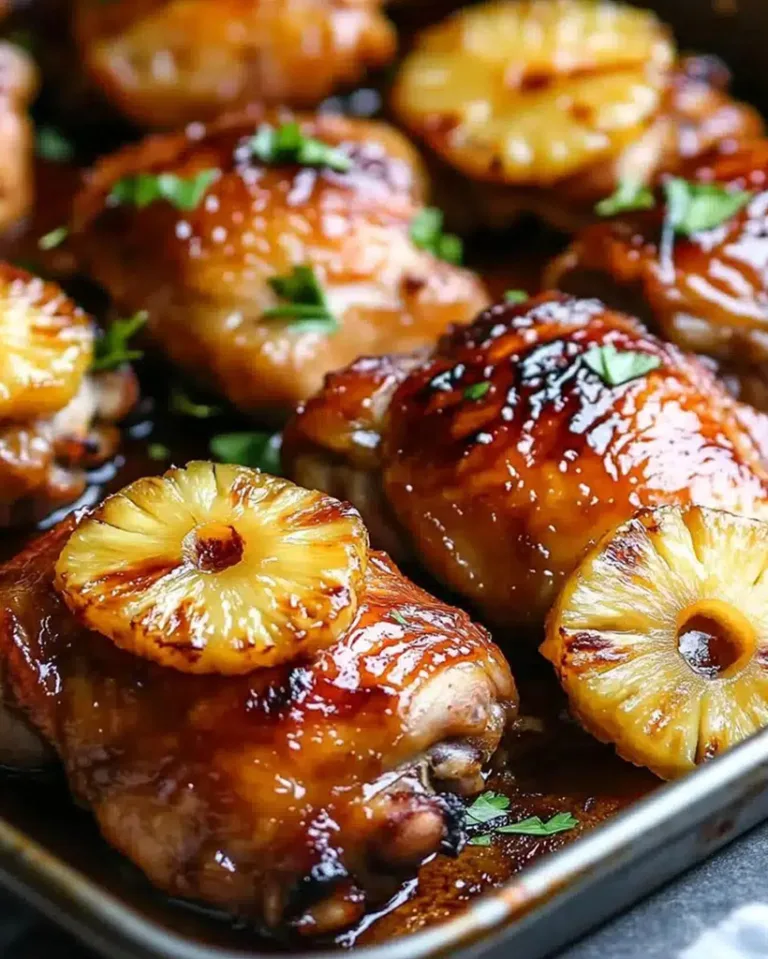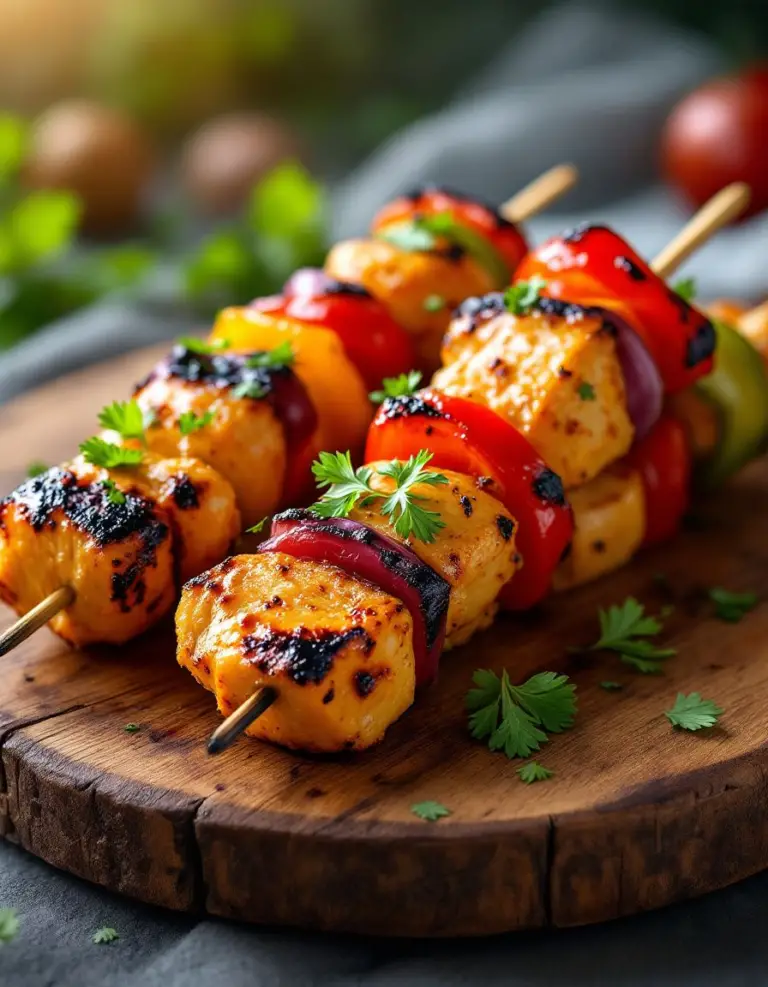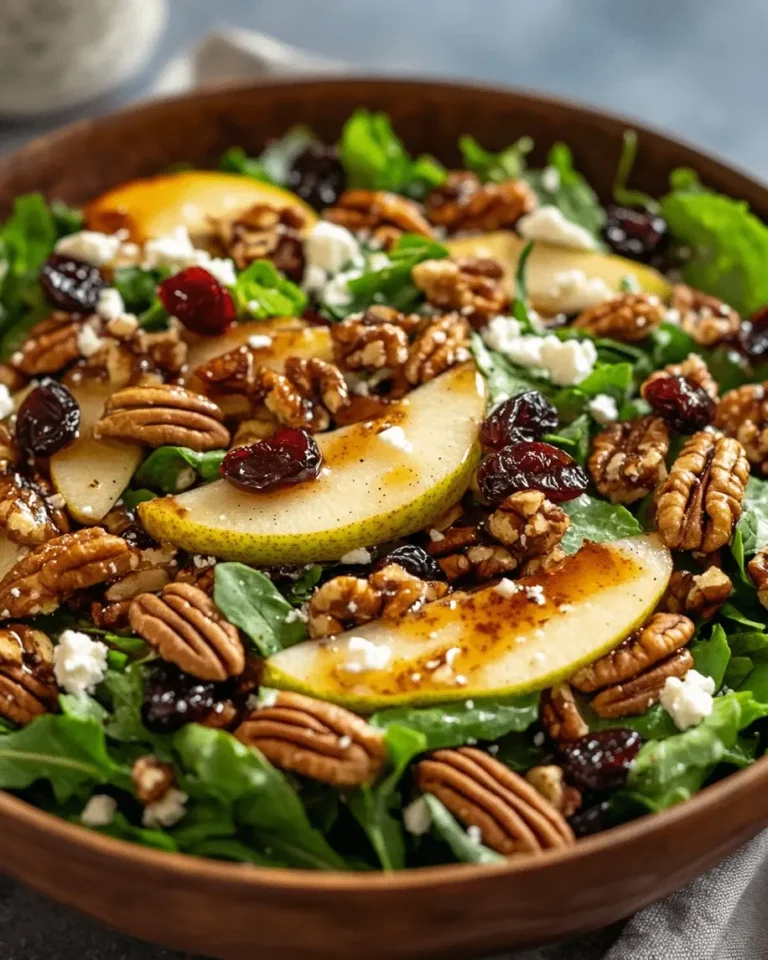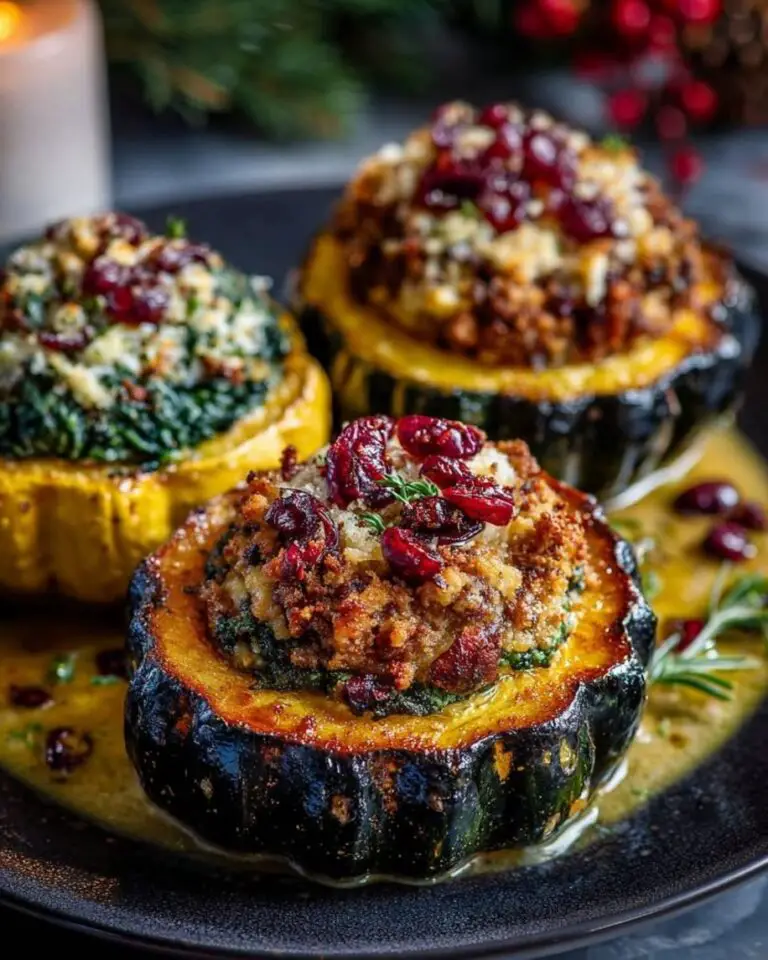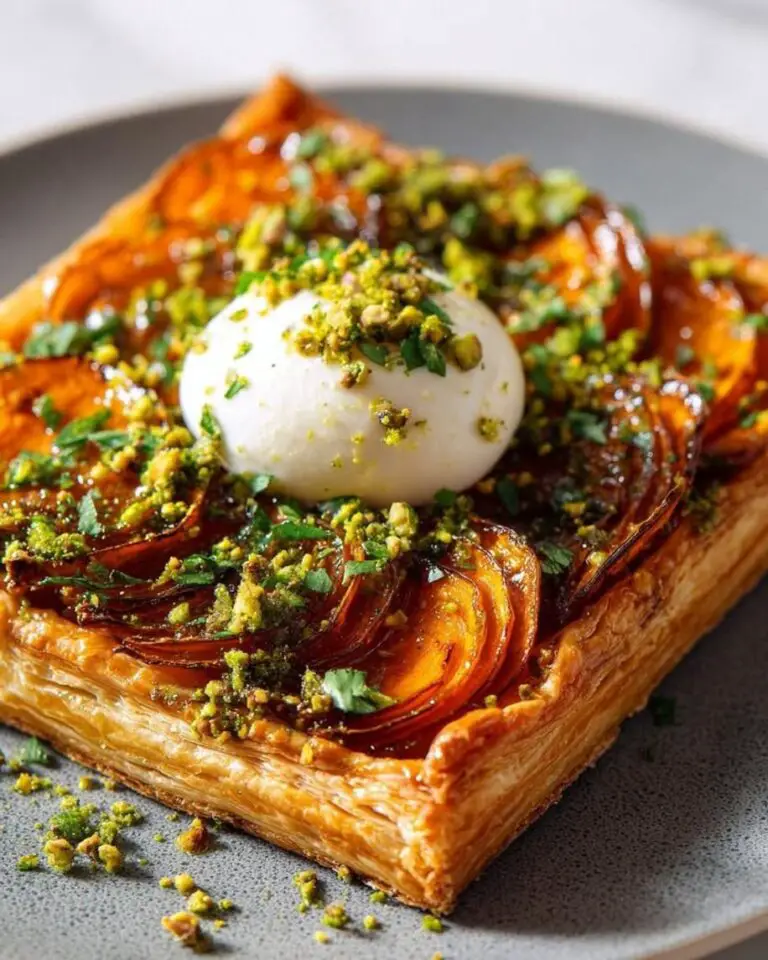Best Coconut Curry Salmon – Creamy & Ready in 30 Minutes
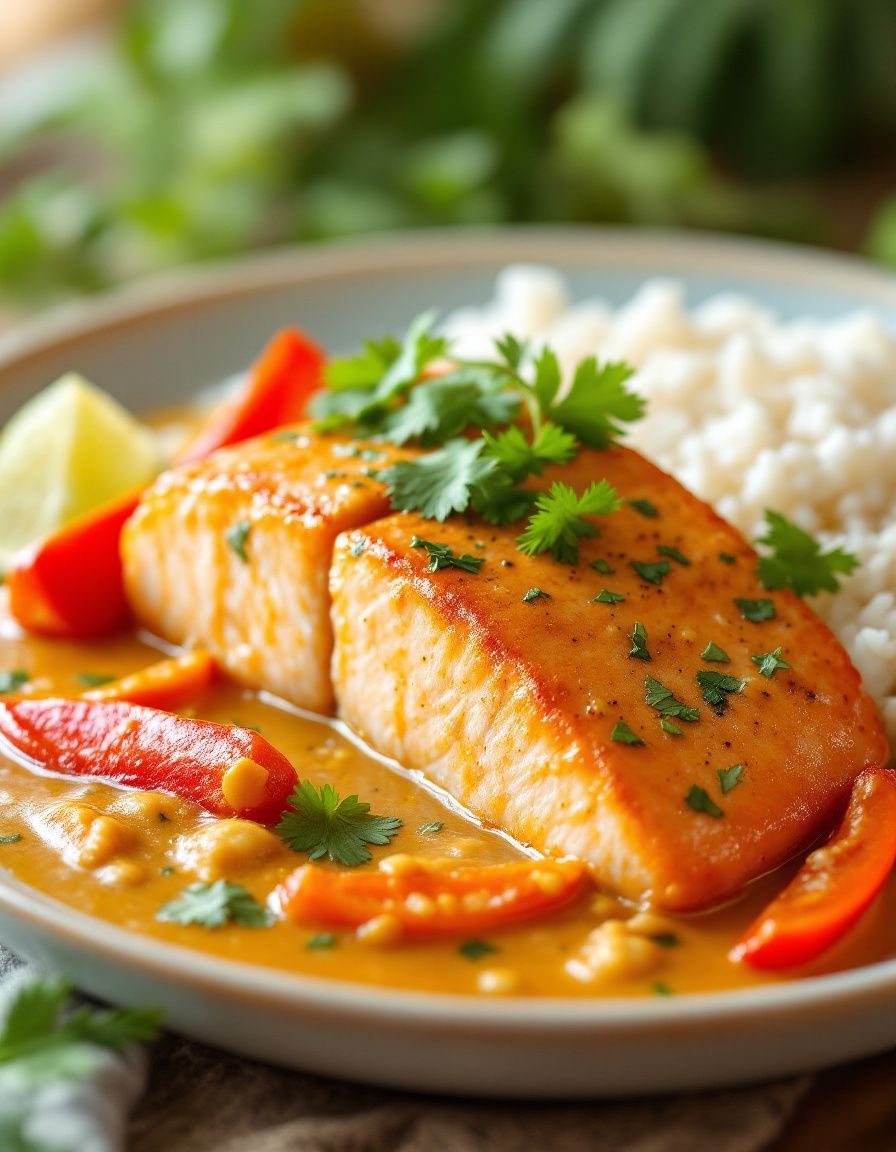
Coconut Curry Salmon with Garlic Butter – Creamy & Flavor-Packed!
Looking for a dish that combines the tantalizing flavors of coconut and curry with the healthy goodness of salmon? Look no further than this Coconut Curry Salmon with Garlic Butter recipe! This dish is a delicious fusion that brings together the richness of coconut milk, the zest of curry spices, and the succulence of salmon, making it a perfect centerpiece for any meal. Whether you’re cooking for family or entertaining guests, this creamy and flavor-packed recipe will impress everyone at the table.
Imagine the aroma of sautéing garlic filling your kitchen as the salmon cooks to perfection, enveloped in a luscious curry sauce. The vibrant colors of this dish make it visually stunning, and the combination of flavors will leave you craving more. Perfectly paired with rice or vegetables, this dish is not just a meal; it’s an experience that transports you to a tropical paradise.
Quick Recipe Highlights
- Flavor Profile: This dish features a delightful balance of savory, spicy, and creamy notes, thanks to the combination of coconut milk and curry.
- Texture: The salmon is tender and flaky, while the sauce offers a rich, velvety mouthfeel.
- Aroma: The fragrant garlic and warm spices create an inviting scent that will make your mouth water.
- Visual Appeal: The dish is beautifully colorful, showcasing shades of pink from the salmon and golden hues from the curry.
- Skill Level Needed: This recipe is simple enough for beginners, making it accessible for anyone wanting to try their hand at cooking.
- Special Equipment: All you need is a skillet to create this incredible curry salmon.
Recipe Overview
- Difficulty Level: This Coconut Curry Salmon is classified as easy due to its straightforward process, making it ideal for novice cooks.
- Category: This dish belongs to the seafood category, perfect for any meal of the day.
- Cuisine: The recipe draws on Southeast Asian influences, incorporating traditional flavors that are bound to excite your palate.
- Cost: The dish is budget-friendly, with accessible ingredients that won’t break the bank.
- Season: This recipe shines in warm months but can be enjoyed year-round for its tropical flavors.
- Occasion: Perfect for weeknight dinners, family gatherings, or even a fancy date night.
Why You’ll Love This Recipe
Firstly, the taste and texture of this Coconut Curry Salmon dish are truly irresistible. The juicy salmon melts in the mouth while the coconut curry sauce adds a creamy, luxurious richness with every bite. The aromatic spices enhance the flavor without overwhelming your palate, making this dish a delightful experience from start to finish.
Moreover, the convenience and preparation of this recipe are noteworthy. With a prep time of only 10 minutes and a cook time of 15, you can have a wholesome, delicious dinner ready in under 30 minutes. This is perfect for busy weeknights when you want something quick yet satisfying, allowing you to enjoy quality time with your family without spending hours in the kitchen.
In terms of nutritional advantages, salmon is packed with omega-3 fatty acids, making this dish not only tasty but also beneficial for your heart health. Combined with the healthful ingredients found in coconut milk and spices, this meal is a wholesome option that balances indulgence and nutrition.
Socially, this dish is a great conversation starter. When served, it not only looks vibrant but also conveys a sense of warmth and hospitality, making it an excellent choice for gatherings and celebrations. Sharing a meal that looks as good as it tastes helps to create memories that last a lifetime.
Lastly, its cost-effectiveness makes the Coconut Curry Salmon a winner in any household. With easily available ingredients such as salmon, coconut milk, and spices, you can create an extravagant meal without spending too much. It showcases how simple ingredients can come together to create something truly special.
Historical Background and Cultural Significance
The origins of coconut curry can be traced back to Southeast Asia, where coconuts and spices were abundant. Coconut milk has been used in various traditional dishes for centuries, providing a rich, creamy base that complements seafood excellently. In regions where salmon is prevalent, such as in Pacific Northwest cuisine, this fusion showcases how different culinary traditions can meld harmoniously.
Culturally, this dish represents community and sharing. In many Southeast Asian cultures, food is a centerpiece for gatherings, a way to bring people together and foster relationships. The use of rich flavors in cooking often symbolizes generosity and the desire to please guests.
Over the years, the recipe has evolved. Variations now include different proteins or even plant-based substitutes, reflecting a growing awareness of dietary needs and preferences. The incorporation of non-traditional elements, such as garlic butter in this rendition, showcases creativity in contemporary cooking.
Regionally, variations may include the addition of local vegetables or spices, reflecting the agricultural richness of each area. This versatility allows the dish to evolve while keeping its authentic roots intact.
Ingredient Deep Dive
Salmon: This fish has long been celebrated for its healthful benefits, including omega-3 fatty acids, which are essential for brain health. When selecting salmon, look for bright, firm fillets with a fresh scent. Fresh salmon should be stored in the refrigerator and consumed within a couple of days or frozen for longer storage. As a substitution, consider using trout or another fatty fish if preferred.
Coconut Milk: Central to many Southeast Asian dishes, coconut milk lends creaminess and sweetness to recipes. Rich in healthy fats, it’s important to choose high-quality, full-fat coconut milk for the best flavor. Store opened coconut milk in an airtight container in the refrigerator and use within a week. If needed, you can substitute with almond milk mixed with a bit of coconut extract to mimic the flavor.
Common Mistakes to Avoid
- Overcooking the salmon: Salmon should be cooked just until opaque; overcooking can dry it out.
- Using low-quality coconut milk: Ensure you choose full-fat coconut milk for richness and authenticity.
- Skipping on spices: Proper seasoning is key; don’t be afraid to adjust spices to taste.
- Cooking at too high a heat: Lower heat allows the flavors to develop without burning.
- Not letting the sauce reduce: Allowing the sauce to thicken enhances the flavor.
- Neglecting to taste: Always taste as you go to achieve the desired flavor balance.
- Ignoring proper garnishing: A few fresh herbs or spices could elevate the dish visually and taste-wise.
- Using frozen salmon without thawing: Always thaw salmon properly before cooking for best results.
Essential Techniques
Cooking Salmon: Cooking salmon to perfection is crucial to this recipe. Begin by pan-searing skin-side down on medium heat, allowing the skin to crisp before flipping. Use a fish spatula to lift the fillet without breaking it. Look for the fish to turn opaque and easily flake with a fork; this is a cue to remove from heat.
Making Coconut Curry Sauce: This involves infusing spices into the coconut milk. Start with a base of sautéed garlic; then, add spices like curry powder and let them bloom before adding coconut milk. This technique enhances the flavor profile and results in a creamier sauce.
Pro Tips for Perfect Coconut Curry Salmon
1. Always bring salmon to room temperature before cooking to ensure even cooking.
2. Use a high-quality, low-sodium curry powder for a well-balanced flavor.
3. Serve with lime wedges to brighten the dish with acidity.
4. Garnish with fresh cilantro or basil for an aromatic finish.
5. Adjust the richness of the sauce with vegetable or chicken stock if you prefer a lighter version.
6. Consider adding veggies like spinach or bell peppers for extra nutrition and color.
7. Use a cast-iron skillet for better heat retention and browning.
8. Let the dish rest for a few minutes after cooking to allow flavors to meld.
Variations and Adaptations
Regional Variations: Depending on local preferences, this dish can include different spices, such as turmeric or lemongrass, to enhance the flavor. Each region brings its unique twist.
Seasonal Adaptations: In winter, consider incorporating root vegetables like carrots or butternut squash into the curry to add heartiness.
Dietary Modifications: For a dairy-free option, ensure the coconut milk is unsweetened and check other ingredient labels.
Flavor Variations: Add a tablespoon of peanut butter for a creamy, nutty element that complements the curry beautifully.
Texture Modifications: For a crunch factor, try adding roasted nuts or seeds before serving for extra texture.
Presentation Alternatives: Serve in a coconut shell or alongside vibrant, colorful garnishes to elevate the visual appeal.
Serving and Presentation Guide
For plating, consider a shallow bowl to highlight the bright colors of the dish. Start with a base of rice or quinoa, and spoon the salmon and curry sauce over the top. Garnish with fresh herbs and a wedge of lime for a pop of color and flavor. Utilize contrasting plates to help the colors of the dish stand out more prominently.
When garnishing, sprinkle some chopped cilantro or mint to add freshness. For traditional accompaniments, serve with naan or steamed vegetables, providing a hearty complement to the meal. Make sure to serve the dish warm for the best experience, and adjust portion sizes based on your guests’ preference.
Wine and Beverage Pairing
For optimal pairing, consider serving this dish with a chilled Sauvignon Blanc or a light-bodied Pinot Grigio, as their crisp acidity can cut through the richness of the curry. If you prefer a red wine, a light Grenache or Pinot Noir can also work well. For non-alcoholic options, coconut water or a refreshing mint lemonade could be excellent choices to complement the flavors.
Storage and Shelf Life
Store any leftovers in an airtight container in the refrigerator for up to 3 days. For freezing, portion the dish into individual servings, ensuring not to freeze for more than one month. To reheat, use the microwave or stovetop, adding a little extra coconut milk to avoid drying out the salmon.
Ensure the salmon does not have any off-smells or odd colors before consuming leftovers, as this indicates spoilage. Always heat until piping hot to ensure food safety.
Make Ahead Strategies
To save time, consider prepping the ingredients a day in advance. Chop the garlic and any vegetables, and marinate the salmon if desired. Store separately in the fridge until you’re ready to cook. This will streamline the cooking process and enhance flavors as they mingle overnight.
Assemble the dish just before serving to maintain freshness. If you plan to make the sauce ahead, consider storing it separately to preserve the texture and flavor. Just reheat and add to freshly cooked salmon for an easy serving option.
Scaling Instructions
If you’re planning to serve more people, this recipe can be easily doubled or tripled. Just ensure you have a large enough skillet or pot to accommodate the increased volume. Keep in mind that you may need to adjust cooking times slightly as larger quantities may take longer to cook evenly.
Conversely, if you’re catering for fewer guests, halving the recipe is simple. Adjust measurements carefully, ensuring you maintain the flavor balance to keep the integrity of the dish intact.
Nutritional Deep Dive
This Coconut Curry Salmon dish is not only delicious but also provides substantial health benefits. Each serving offers a good balance of macronutrients, with protein from the salmon balancing the healthy fats from coconut milk.
Additionally, micronutrients are abundant in this dish, from vitamin D in salmon to potassium and magnesium in coconut milk. These nutrients contribute to overall health, supporting heart function, skin health, and more.
Dietary Adaptations
For those following a gluten-free diet, this recipe is naturally gluten-free, making it a perfect option. Just be sure to check all ingredient labels to ensure no hidden gluten sources are present.
For a dairy-free version, stick to coconut milk, as this recipe already avoids dairy products. It’s also a great option for those on a paleo or whole foods diet, focusing on clean ingredients.
Troubleshooting Guide
If your salmon is overcooked and dry, you can add back moisture by spooning extra sauce over it just before serving. Ensure that your heat is medium to prevent burning and quick cooking.
When it comes to balance flavors, if the dish is too salty, a squeeze of lime can brighten it up. Conversely, if it’s lacking flavor, adding a pinch of salt and pepper or a splash of soy sauce may enhance it.
Recipe Success Stories
Community feedback has been overwhelmingly positive, with many sharing how they’ve experimented with ingredients and made the recipe their own. Stories of families coming together over this dish showcase its versatility and comfort.
Photography tips shared by readers highlight how plating can enhance the dish’s appeal, encouraging others to showcase their culinary creations on social media. Variations have emerged where individuals substitute chicken or tofu while maintaining the flavorful sauce, broadening its reach.
Frequently Asked Questions
Can I use frozen salmon for this recipe? Yes, but ensure you thaw it properly in the fridge or under running cold water for even cooking.
Is there a vegan alternative for this dish? Certainly! Replace the salmon with tofu or chickpeas and modify the cooking time accordingly.
Can I make this dish ahead of time? Yes, you can prepare the ingredients in advance and cook just before serving for the freshest result.
How spicy is this recipe? This recipe is customizable; adjust the curry powder according to your spice preference.
What can I serve with this dish? Consider serving it over rice, quinoa, or alongside naan and fresh steamed vegetables.
How do I know when the salmon is fully cooked? Salmon should flake easily with a fork and be opaque on the inside without remaining translucent.
Can I freeze leftover coconut curry salmon? Yes, but it’s best consumed fresh. If you freeze it, ensure it’s in an airtight container.
What can I do if the sauce is too thick? Simply add a small amount of water or additional coconut milk to thin it to your preferred consistency.
Can I use other types of fish? Yes, other fatty fish like mackerel or trout can work well in this recipe.
How long will leftovers last in the fridge? Store in an airtight container for up to 3 days.
Additional Resources
Check out related recipes featuring coconut and curry for a delightful dining experience. Techniques guides on cooking fish can enhance your skills, and ingredient information will help you understand the best choices for your meals. Don’t forget equipment recommendations for kitchen essentials that elevate your cooking experience.
Join the Conversation
We love hearing your feedback! Share your cooking experiences on social media and showcase your stunning photographs. Engage with our community and share variations that you’ve made to the dish. Your insights contribute to the rich tapestry of our cooking community!
The Recipe
Coconut Curry Salmon with Garlic Butter
Serves: 4
Prep Time: 10 mins
Cook Time: 15 mins
Total Time: 25 mins
Kitchen Equipment Needed
- Large skillet
- Spatula
- Measuring cups and spoons
Ingredients
- 4 salmon fillets
- 1 cup coconut milk
- 2 tablespoons curry powder
- 3 cloves garlic, minced
- 2 tablespoons butter
- Salt and pepper to taste
- Fresh cilantro for garnish
- Serve with rice or quinoa
Directions
- Heat the skillet over medium heat and melt the butter.
- Add minced garlic and sauté until fragrant, about 1-2 minutes.
- Stir in curry powder and cook for an additional minute.
- Pour in coconut milk and bring to a simmer.
- Season the salmon fillets with salt and pepper, then place them skin-side down in the skillet.
- Cover and cook for 10-15 minutes, or until salmon is cooked through and flakes easily.
- Carefully remove the salmon and plate it; spoon sauce over the top.
- Garnish with fresh cilantro before serving.
Recipe Notes
- Feel free to add vegetables like bell pepper or spinach for extra nutrition.
- This recipe works well with other types of firm fish.
- Leftovers can be stored in the fridge and consumed within 3 days.

